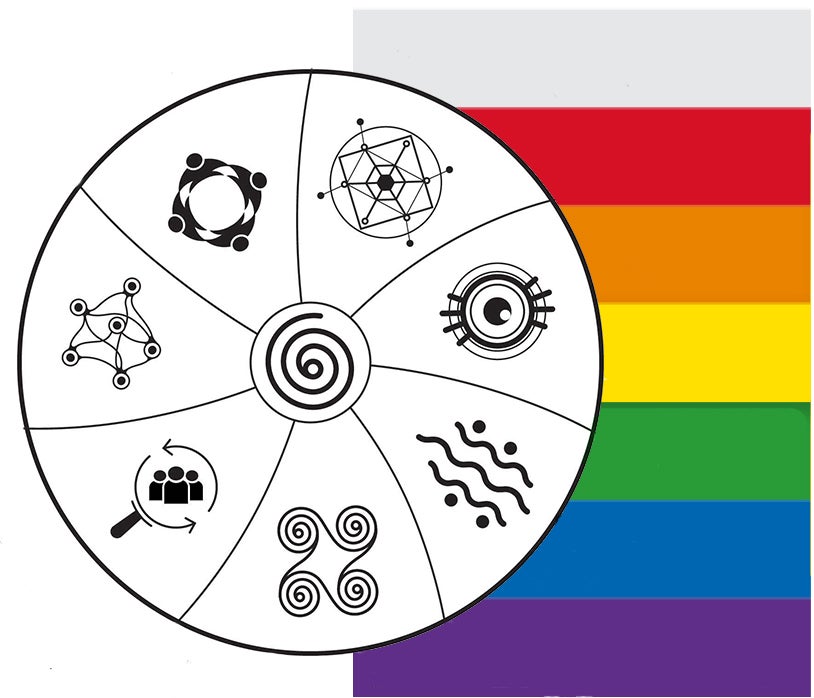In 2014, UNICEF Viet Nam, working closely with the National Center for Health Education and Communication, contracted Population Services International Vietnam to conduct formative research. The objective was to outline a communication for development (C4D) framework to promote positive behaviours related to neo-natal care practices, care seeking and treatment of pneumonia and diarrhoea, hand washing and water treatment and storage practices. The research findings were then utilized to inform the design of a C4D framework, to be used to inform the design, implementation and monitoring/evaluation of effective, evidence-based maternal, newborn and child health (MNCH) programs in Vietnam in the future.
The Evaluating C4D Resource Hub sits within BetterEvaluation and houses a growing collection of the available guides, toolkits, tools and methods to use for research monitoring and evaluation (R,M&E) of Communication for Development (C4D) initiatives. The Hub is structured around two combined frameworks:

The BetterEvaluation Rainbow Framework (represented by the rainbows) is a structure. It organises the practical tasks into seven categories or 'clusters' and provides options.
While the resource recommendation below discusses the resource specifically in relation to its usefulness for evaluating C4D within the Evaluating C4D Resource Hub's C4D Framework, this resource may also be of use for people working in other contexts and with different frameworks.
Authors and their affiliation
Ngo Thi Thanh Huong; Gary Mundy; Jennifer Rowley; Josselyn Neukom; Marc Theuss
Year of publication
2015
Type of resource
Overview
Key features
The report summarized findings emerging from i) a comprehensive review of published and grey literature related to MNCH healthcare-seeking behaviors and related programming in Vietnam and other similar country contexts; and ii) additional qualitative research conducted among rural and ethnic minority communities in four priority provinces selected in consultation with UNICEF and the Ministry of Health. The qualitative research component is a good example of how photo-narrative methods can be used to generate rich and engaging data in ways that promote mutual learning.
Who is this resource useful for?
- Communication Officers
- Program Officers
How have you used or intend on using this resource?
This resource has been identified as particularly useful for evaluating of communication for development as it conducted a formative research with the objective to outline a C4D framework to promote positive behaviours. It was identified as part of a research project in collaboration with UNICEF C4D.
Why would you recommend it to other people?
This study is recommended for C4D and related areas of practice, and is consistent with the C4D Evaluation Framework in the following ways it conducted a formative research with the objective to outline a C4D framework to promote positive behaviours
- Participatory: The study used community-based participatory research framework to collect primary qualitative data from rural caregivers. Four individual data collection techniques were used: photo-narratives, caregiver immersions, key informant in-depth interviews, and focus group discussions.
- Complexity: The study identified the intertwining nature of health-related decision- making and behavior for AN/PNC, WASH, and childhood illnesses.
Sources
PSI/Vietnam (2015), Summary of Qualitative Research Findings from Rural Maternal, Neonatal, and Child Health in Vietnam. Available at: https://goo.gl/edlzsq (Accessed: May 03, 2017)